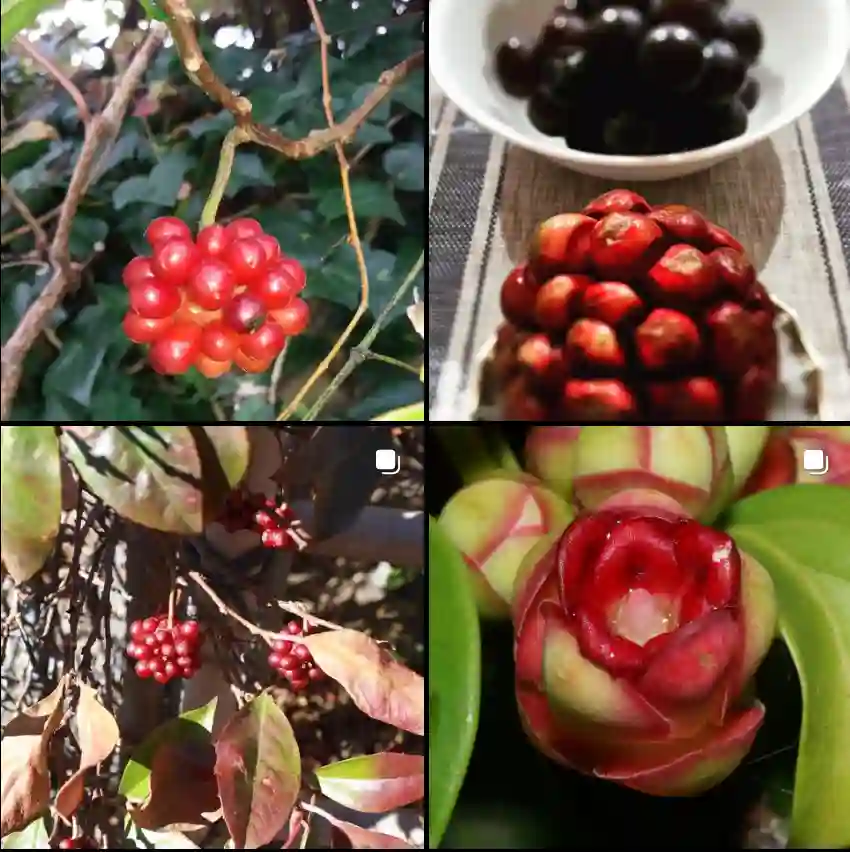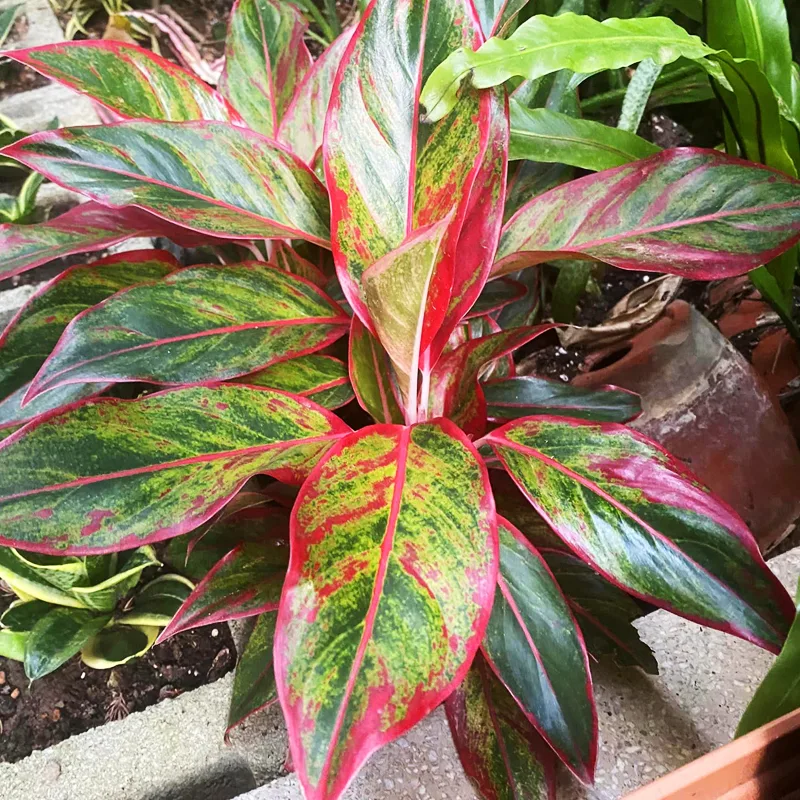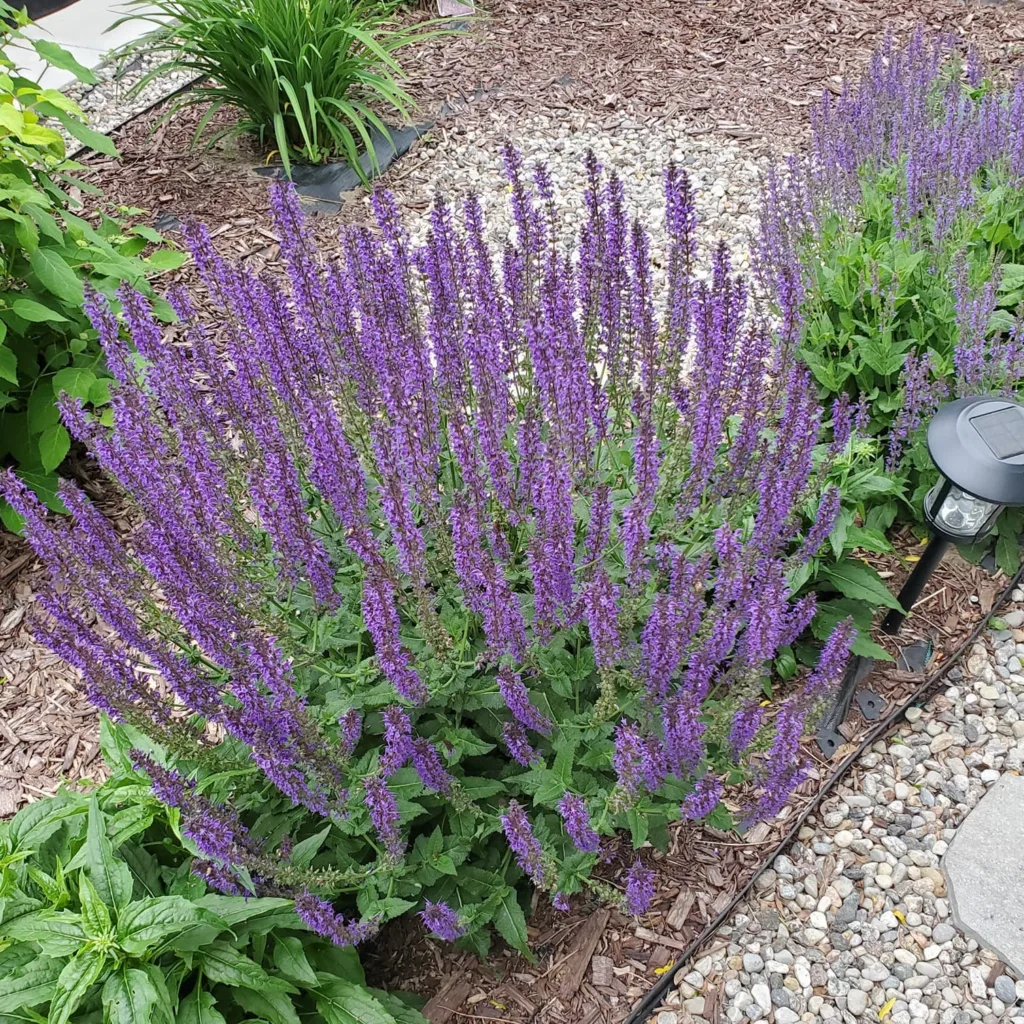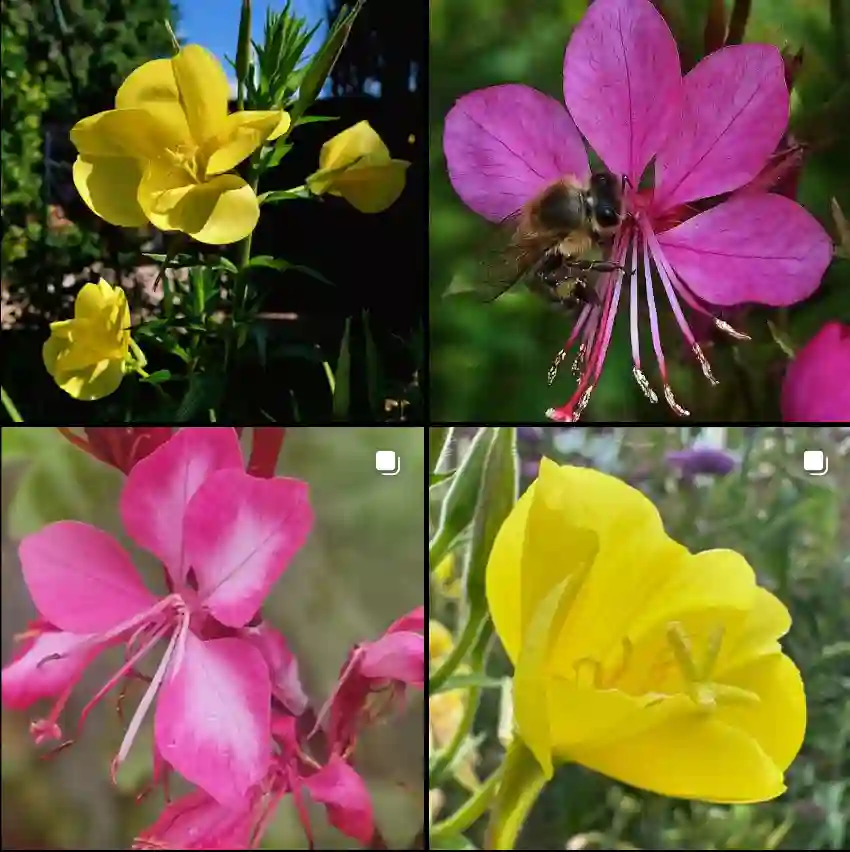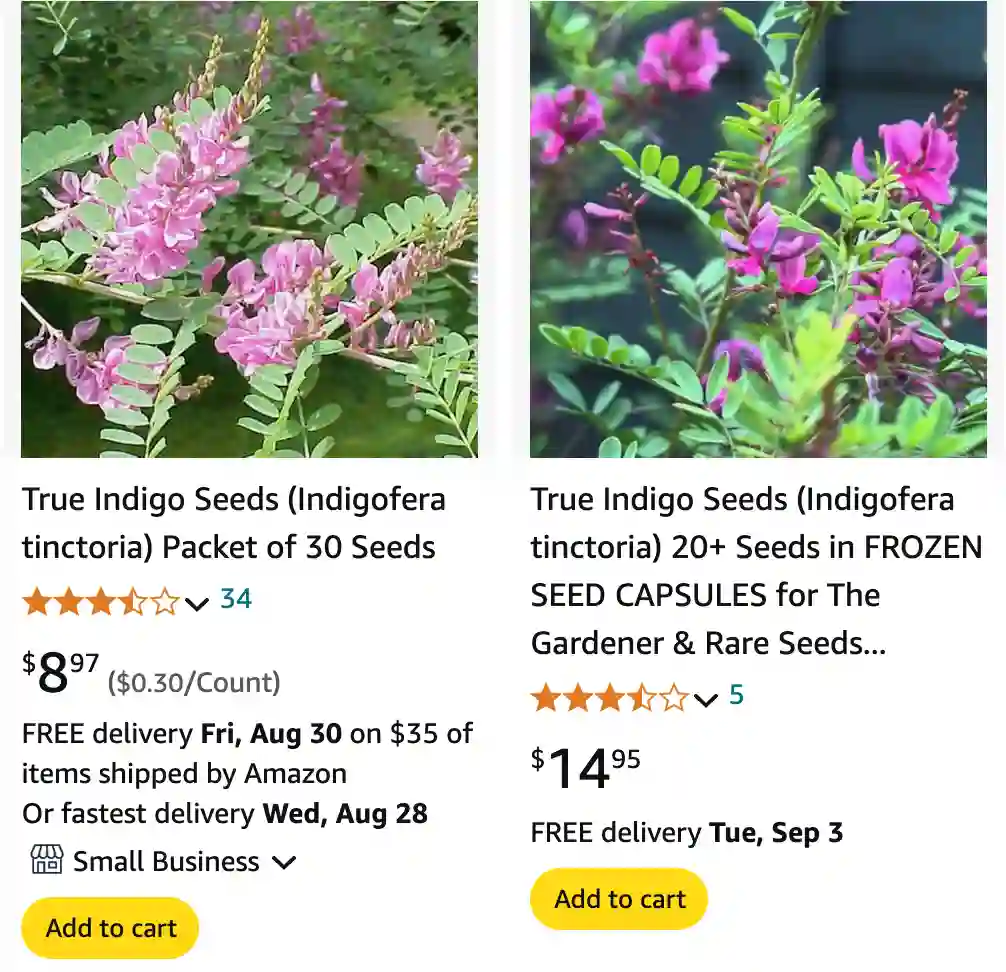
Frequently Asked Questions About the Indigo Plant
The Indigo Plant, also known for its striking blue dye, has fascinated many with its vibrant color and diverse uses. Here’s a comprehensive guide to everything you might need to know about this plant.
749 Species in Genus Indigofera
What is an Indigo Plant?
An Indigo Plant is primarily known for its role in producing indigo dye, a deep blue colorant used historically in textiles. The most commonly used species for this purpose is Indigofera Tinctoria. This plant is native to tropical and subtropical regions and has been cultivated for thousands of years for its dyeing properties.
What Does an Indigo Plant Look Like?
Indigo Plants are shrubs or small trees that can reach up to 2 meters (6.5 feet) in height. They have pinnate leaves with numerous small leaflets arranged in pairs. The plant produces small, purple or blue flowers that cluster together, followed by flat, brown seed pods. These pods contain the seeds that can be used to grow new plants.
How to Make Indigo Dye from a Plant?
Making indigo dye from an Indigo Plant involves a few key steps:
- Harvesting: Collect the leaves of the Indigo Plant. The leaves are the primary source of the dye.
- Fermentation: Soak the leaves in water and let them ferment. This process breaks down the leaves and releases the indigo dye.
- Extraction: After fermentation, the liquid is strained, and the dye is extracted by adding a reducing agent like lime or a natural enzyme.
- Precipitation: The dye is then precipitated out of the solution, usually by adding an alkaline substance, and collected.
- Processing: The precipitated dye is dried and ground into a powder that can be used for dyeing fabric.
Where to Find an Indigo Plant Enshrouded?
Indigo Plants thrive in tropical and subtropical climates. If you’re looking to find one, check out regions in Africa, Asia, and Central and South America. In these areas, they are often found in cultivated fields or as part of traditional farming practices. You might also find them in specialty botanical gardens or nurseries that focus on exotic plants.
What is an Indigo Plant Used For?
Beyond its use in dyeing textiles, the Indigo Plant has other applications. Historically, it was used in medicine for various ailments, although this is less common today. In agriculture, it can be used as a green manure crop to improve soil fertility. Its leaves also have traditional uses in some cultures for their purported medicinal properties.
Can We Grow an Indigo Plant at Home?
Yes, you can grow an Indigo Plant at home, but it requires specific conditions to thrive. It needs a warm climate with plenty of sunlight and well-drained soil. If you live in a cooler climate, consider growing it in a greenhouse or indoors where you can control the temperature and light. Additionally, the plant requires regular watering but should not be waterlogged.
Is an Indigo Plant Edible?
The Indigo Plant is not commonly consumed as food. While the plant’s leaves are used for dyeing, they are not considered edible in a culinary sense. There are no known significant health benefits or risks associated with consuming the plant’s leaves.
Is an Indigo Plant Poisonous?
The Indigo Plant is generally not considered poisonous. However, it’s always wise to avoid ingesting any plant material unless you are certain of its safety. Some plants used for dyeing may have compounds that could cause irritation or allergic reactions in sensitive individuals.
What Part of the Indigo Plant is Used for Dye?
The leaves of the Indigo Plant are primarily used for dyeing. The dye is extracted from the leaves through a fermentation process, as described earlier. The seeds and other parts of the plant are not used for dyeing but might be utilized for other purposes like propagation or soil improvement.
How to Care for an Indigo Plant?
Caring for an Indigo Plant involves providing it with the right environmental conditions. Ensure it receives plenty of sunlight, ideally around 6-8 hours a day. Keep the soil consistently moist but not waterlogged. Regular pruning helps maintain the plant’s health and encourages better growth.
How to Propagate an Indigo Plant?
Indigo Plants can be propagated through seeds or cuttings. To propagate from seeds, plant them in well-drained soil and keep them moist until they germinate. For cuttings, take a healthy, non-flowering stem and root it in a container with soil or water until roots develop.
What to Plant with Indigo?
Companion planting with Indigo Plants can be beneficial. They can grow well alongside plants that share similar soil and light requirements. Consider planting them with herbs like basil or legumes that improve soil fertility.
Is Indigo Plant Toxic to Pets?
While the Indigo Plant is not known to be highly toxic, it’s best to prevent pets from chewing on it. Some plants can cause mild gastrointestinal upset if ingested.
Benefits of Indigo Plant
The Indigo Plant’s primary benefit is its ability to produce indigo dye, which has been valued for centuries. The dye is used in textiles, arts, and crafts. Additionally, the plant can improve soil health and add aesthetic value to gardens with its lush foliage and vibrant flowers.
Common Problems with Indigo Plants
Common issues with Indigo Plants include pests like aphids and fungal infections. Proper care and regular monitoring can help manage these problems. Ensuring good air circulation and avoiding overwatering can reduce the risk of fungal diseases.
Comparing Indigo with Other Plants
Indigo differs from other dye plants like Madder and Woad in terms of the dye produced. While Indigo produces a blue dye, Madder yields red dye, and Woad also produces blue but with different chemical properties. Each plant has unique growing conditions and historical uses.
In summary, the Indigo Plant is a fascinating and useful species with a rich history. Whether you’re interested in dyeing, gardening, or simply learning more about plants, understanding the Indigo Plant’s characteristics and care requirements can be both enjoyable and rewarding.
If i die, water my plants!
